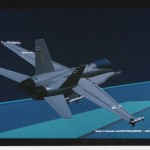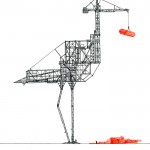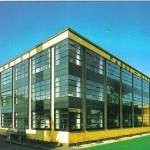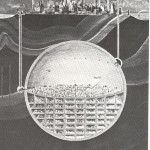Factory Futures, (Architecture Without Humans), a studio of AA Visiting School at Ivrea, directed by Tommaso Franzolini, Maria S. Giudici, Pierre Cutellic, Edmondo Occhipinti and Fabrizio Ballabio “explores Data Centres as the new factories of today’s computational economy.”
Its online tumblr documents these “forms of cohabitation between man and machines and their predecessor throughout the Twentieth Century“. The following videos and graphics are the materials supposedly collected for the studio.

Olivetti ELEA 9003 – 1968

Map of all Google data center as of 2012


Google patent diagrams for a floating data centers


Google patent diagrams for data center cooling system



Google patent diagrams for modular data center


Other patent diagrams

The original Google Storage 1995

Facebook Data Center – Sweden

Apple iCloud data center

Interiors

Ettore Sottsass
Previously, another studio at Mendrisio School of Architecture, entitled “Architecture Without Contents” and directed by Office Kersten Geers David van Severen with Carola Daldoss and Andrea Zanderigo, explored the subject of “banal” buildings (“machines basically- like storages, data centers, factories, recyling plants, car parks, malls”, (…) “a series of investigations on architectural strategies for banal buildings of a significant scale.”
“Today, a great number of buildings do not require an intricate development of the plan in order to be either socially viable or economically interesting. If the plan and its potential complexity could be an inspiration (or an alibi even) for a great number of architectural projects -and in most cases its failure, it seems that as soon as the plan and the complexity of its use turns irrelevant, the lever to argue for Architecture is most certainly gone.)”
We have already posted some images from this studio’s works, (see some of them later) but you can find a more detailed pdf here.
To complete the implicit, yet disputable syllogism established by two studio titles “Architecture Without Humans” and “Architecture Without Content”: Humans happens to be the content of architecture. Or whatever.








Leave a Reply